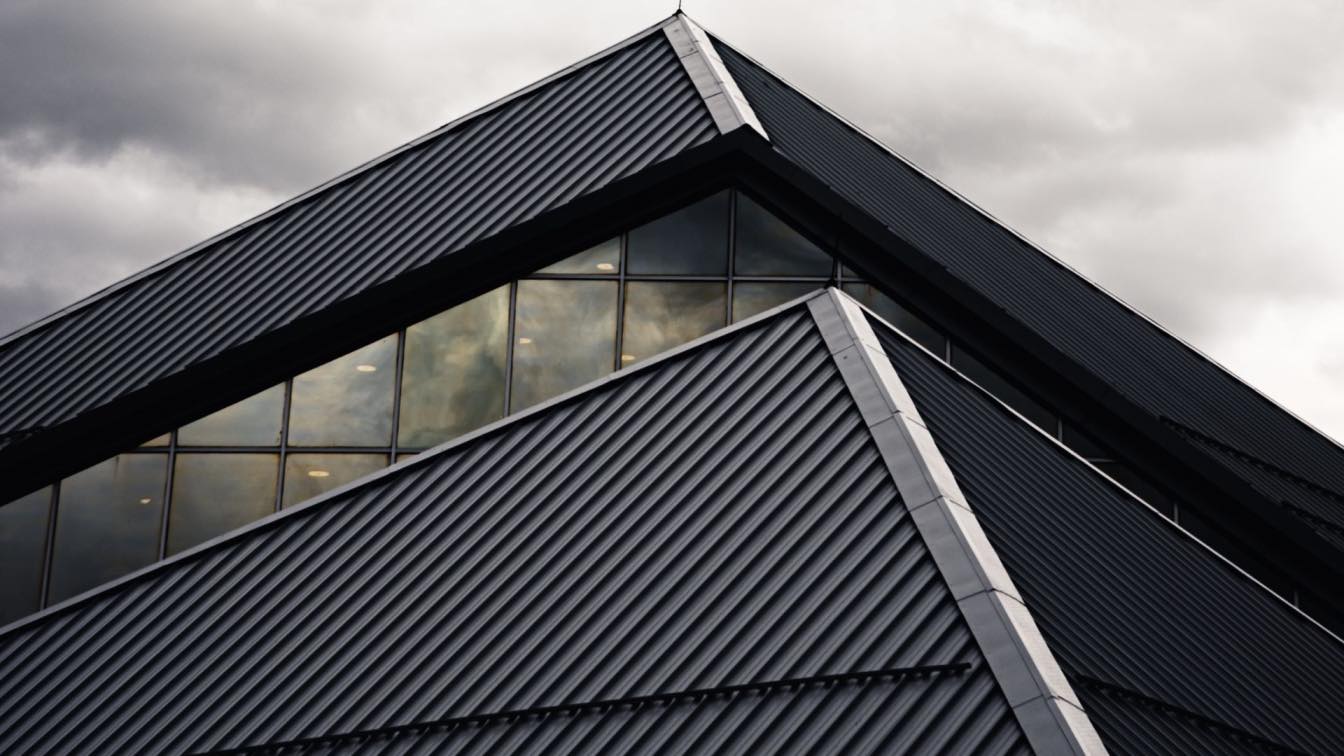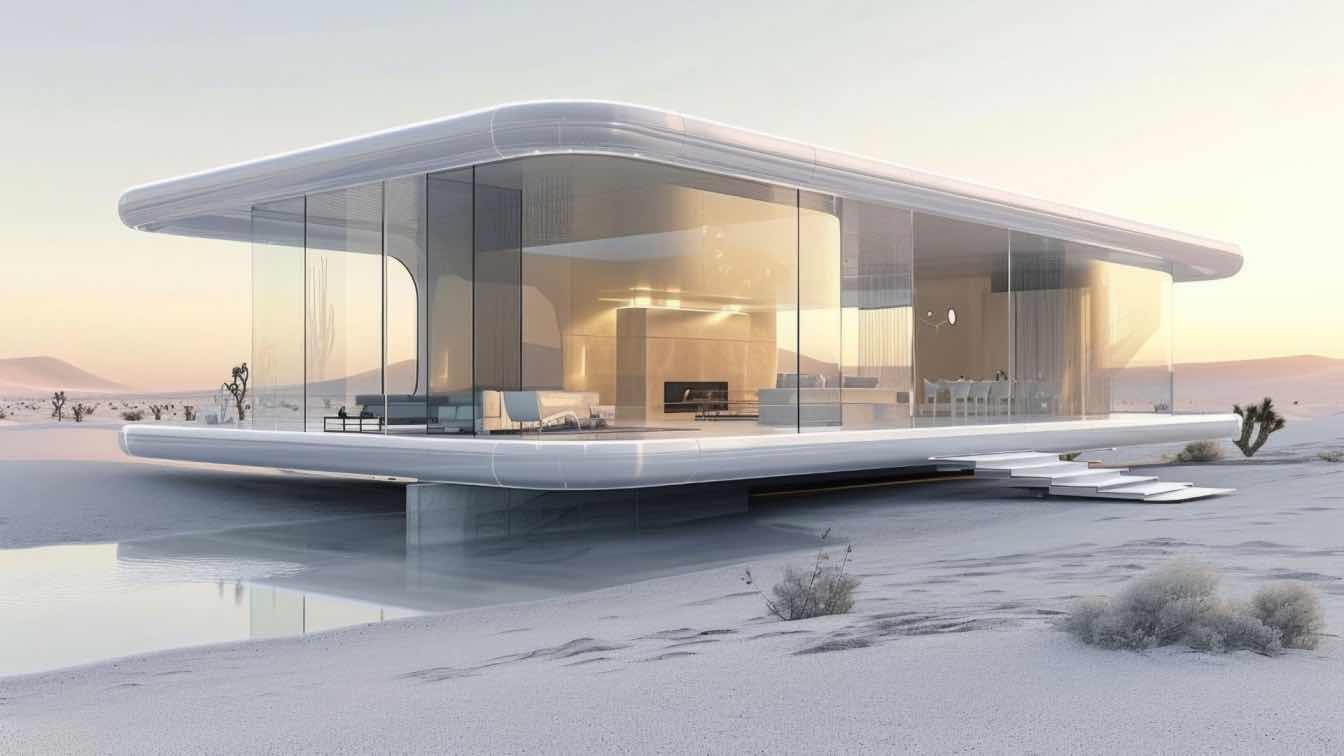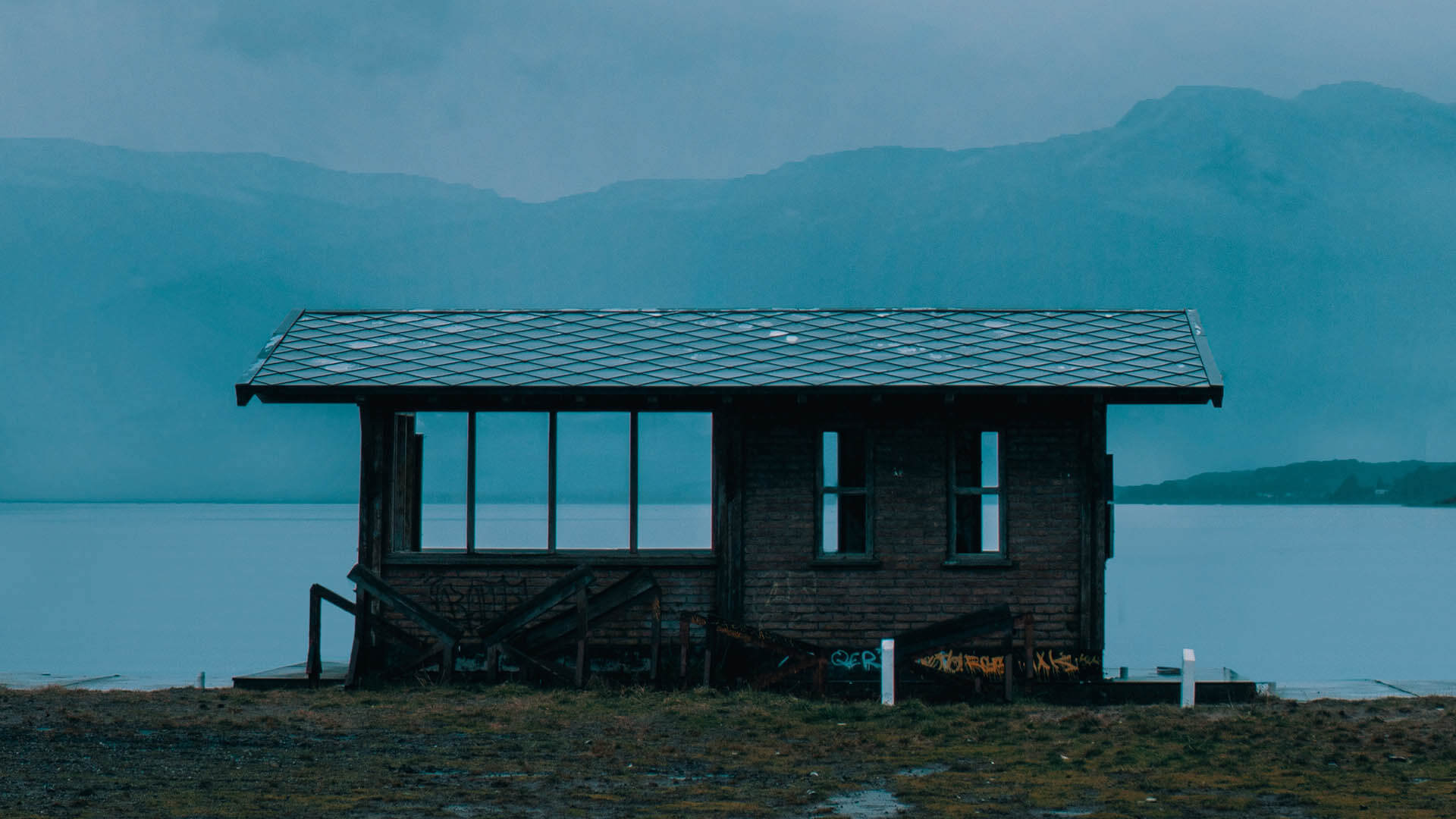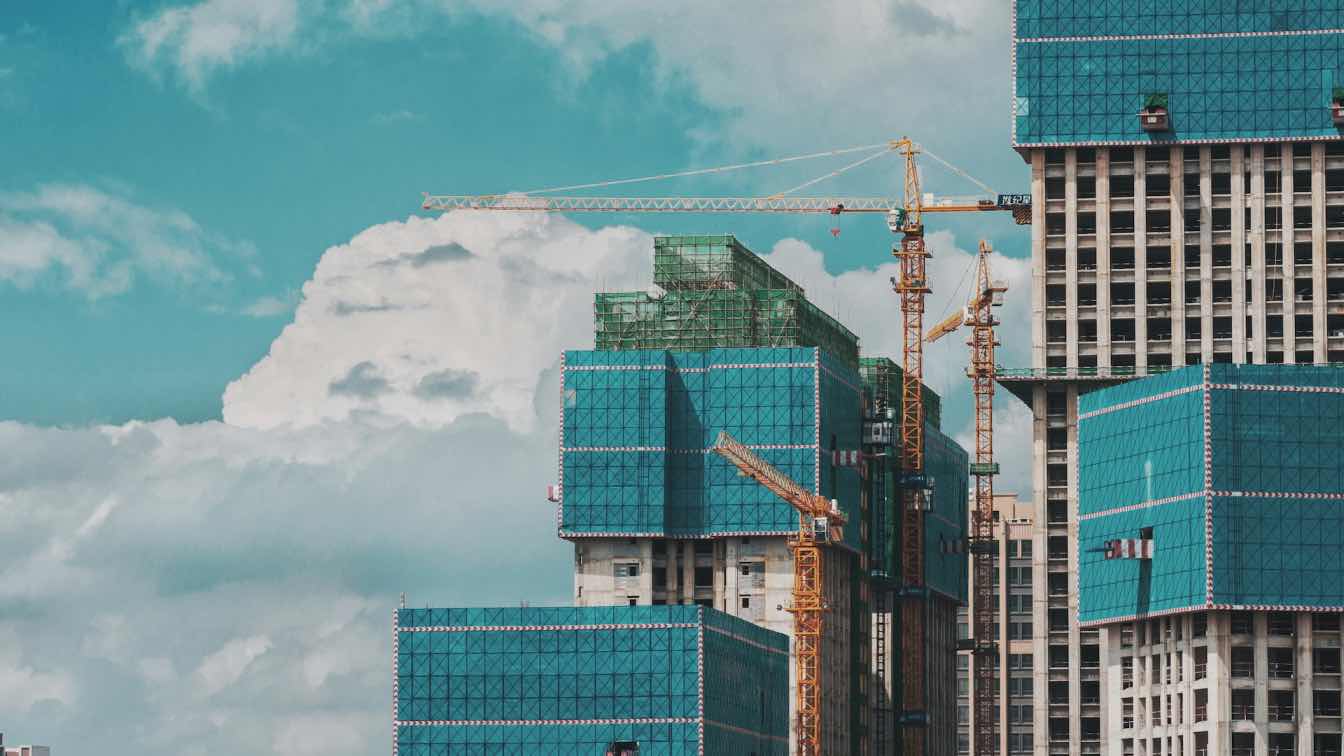The roof is one of the most important parts of a building because it helps to achieve architectural stability. It protects the building from the elements and keeps the interior dry and safe. There are many different types of roofs, and each one has its own unique set of benefits. In this blog post, we will discuss the importance of the roof in achieving architectural stability. We will also take a look at some of the different types of roofs that are available on the market today.
What a roof actually does?
The roof is the part of the building that actually protects the occupants from the outside environment. It is what keeps the heat in during winter and the cool air in during summer. Without a properly functioning roof, a building would be uninhabitable.
A roof also provides stability to a structure. The weight of the roof helps to keep the walls from toppling over. Professionals from the roofing industry leaders say that in high winds, a well-built roof will help to keep the rest of the structure from being blown away. So, as you can see, roofs are quite important in achieving architectural stability! Make sure yours is in good condition and up to code to avoid any disasters.
 image © Jean Louis Tosque
image © Jean Louis Tosque
Protection from the elements
A roof is the uppermost part of a building that protects the structure and its contents from the effects of weather. The word “roof” originates from the Old English word hof, which means “covering.” A roof provides protection from sun, wind, rain, and snow. It also provides insulation against heat and cold. A well-designed and properly installed roof will last for many years with little or no maintenance.
The first roofs were probably thatched roofs made of straw or reeds. These materials are still used in some parts of the world today. In other parts of the world, roofs are made of wood, metal, tile, or asphalt shingles. The type of roof you choose will depend on the climate, the type of building, and your budget.
- A thatched roof is made of straw or reeds. The straw or reeds are tied together and then placed on the roof. The thatch is then held in place with wire or netting. Thatched roofs are common in countries with a warm climates, such as England, Ireland, and Japan.
- A wooden roof is made of planks of wood laid side by side. The planks are usually covered with asphalt shingles or metal sheets. Wooden roofs are common in North America and Europe.
- A metal roof is made of steel, aluminum, or copper sheets nailed to the rafters. Metal roofs are durable and last a long time. They are common in industrial buildings and warehouses.
- A tile roof is made of clay or concrete tiles. Tile roofs are heavy and require a strong support structure. They are common in Europe, Asia, and the Middle East.
- Asphalt shingles are made of asphalt-coated paper or fiberglass. Asphalt shingles are lightweight and easy to install. They are the most common type of roof in North America.
The roof provides insulation against heat and cold
The roof is an important part of any building because it protects the contents of the building from the effects of weather. When choosing a roof for your home or business, be sure to choose one that is appropriate for the climate and the type of building you have. Also, be sure to have the roof installed by a qualified professional like Rhino Roofers, who have the experience and expertise to ensure that your roof provides the necessary insulation against heat and cold. A well-designed and properly installed roof will provide years of protection from the elements. The roof also provides insulation against heat and cold which is essential in many parts of the world. Without a properly functioning roof, a structure would not be able to withstand extreme temperatures and would eventually succumb to the elements. Therefore, it is evident that roofs play a vital role in achieving architectural stability. Also, be sure to have the roof installed by a qualified professional. A well-designed and properly installed roof will provide years of protection from the elements. The roof also provides insulation against heat and cold which is essential in many parts of the world. Without a properly functioning roof, a structure would not be able to withstand extreme temperatures and would eventually succumb to the elements. Therefore, it is evident that roofs play a vital role in achieving architectural stability.
Why is it important to have a roof that is installed by a qualified professional?
While it is possible to install a roof yourself, it is always best to leave this job to a qualified professional. A professional roofer will have the experience and knowledge necessary to properly install your roof. They will also be familiar with local building codes and regulations. Professional roofers will also be able to warranty their work, which gives you peace of mind in knowing that your investment is protected.
Hiring a qualified professional to install your roof is the best way to ensure that your home or business has the best possible chance of weathering the elements. A well-designed and properly installed roof will provide years of protection from sun, wind, rain, snow, and extreme temperatures.





